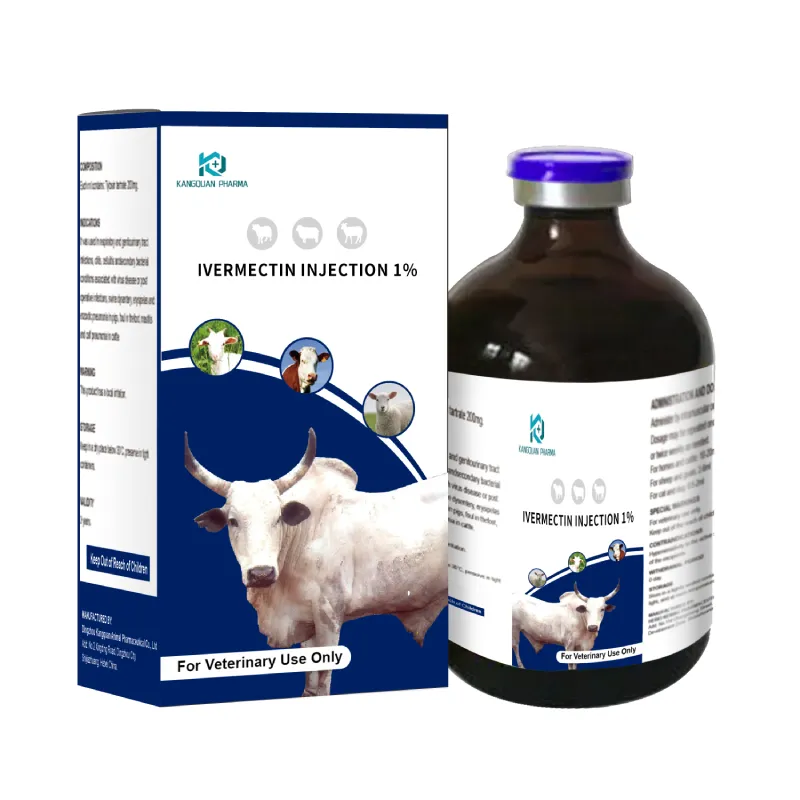- Afrikaans
- Albanian
- Amharic
- Arabic
- Armenian
- Azerbaijani
- Basque
- Belarusian
- Bengali
- Bosnian
- Bulgarian
- Catalan
- Cebuano
- Corsican
- Croatian
- Czech
- Danish
- Dutch
- English
- Esperanto
- Estonian
- Finnish
- French
- Frisian
- Galician
- Georgian
- German
- Greek
- Gujarati
- Haitian Creole
- hausa
- hawaiian
- Hebrew
- Hindi
- Miao
- Hungarian
- Icelandic
- igbo
- Indonesian
- irish
- Italian
- Japanese
- Javanese
- Kannada
- kazakh
- Khmer
- Rwandese
- Korean
- Kurdish
- Kyrgyz
- Lao
- Latin
- Latvian
- Lithuanian
- Luxembourgish
- Macedonian
- Malgashi
- Malay
- Malayalam
- Maltese
- Maori
- Marathi
- Mongolian
- Myanmar
- Nepali
- Norwegian
- Norwegian
- Occitan
- Pashto
- Persian
- Polish
- Portuguese
- Punjabi
- Romanian
- Russian
- Samoan
- Scottish Gaelic
- Serbian
- Sesotho
- Shona
- Sindhi
- Sinhala
- Slovak
- Slovenian
- Somali
- Spanish
- Sundanese
- Swahili
- Swedish
- Tagalog
- Tajik
- Tamil
- Tatar
- Telugu
- Thai
- Turkish
- Turkmen
- Ukrainian
- Urdu
- Uighur
- Uzbek
- Vietnamese
- Welsh
- Bantu
- Yiddish
- Yoruba
- Zulu
Nov . 08, 2024 10:51 Back to list
Effective Medications for Treating Intestinal Parasite Infections in Humans and Animals
Treating Intestinal Parasites An Overview of Medications
Intestinal parasites, including various species of worms and protozoa, can lead to significant health issues if left untreated. These parasites often enter the human body through contaminated food, water, or soil. Symptoms can range from mild gastrointestinal discomfort to severe malnutrition and systemic infections. Therefore, timely and effective treatment is crucial. In this article, we will explore the drugs commonly used to combat intestinal parasites, their mechanism of action, and considerations for use.
Common Types of Intestinal Parasites
Before delving into the treatments, it's important to identify the most common intestinal parasites affecting humans. These include
1. Nematodes (Roundworms) - such as *Ascaris lumbricoides* (giant roundworm), *Enterobius vermicularis* (pinworm), and *Ancylostoma duodenale* (hookworm). 2. Cestodes (Tapeworms) - including *Taenia solium* (pork tapeworm) and *Echinococcus* species. 3. Protozoa - such as *Giardia lamblia*, *Entamoeba histolytica* (causing amoebic dysentery), and *Cryptosporidium*.
Antiparasitic Drugs
Several classes of medications are effective against these parasites, and the choice of drug often depends on the type of parasite diagnosed.
1. Benzimidazoles This class of drugs includes Albendazole and Mebendazole. They are broad-spectrum anthelmintics effective against nematodes and some cestodes. The drugs work by inhibiting the synthesis of microtubules in the parasite’s cells, disrupting glucose uptake, which ultimately leads to the parasite's death. These medications are often administered in a single or short-course treatment and are generally well-tolerated.
2. Praziquantel Primarily used to treat cestodes and schistosomes, praziquantel increases the permeability of the parasite's cell membranes to calcium ions, resulting in paralysis and detachment from the intestinal wall. This drug is highly effective against specific infections like schistosomiasis and various tapeworm infestations. Praziquantel is typically taken in one or two doses, depending on the infection.
what drugs are used to treat intestinal parasites

3. Ivermectin While primarily used for treating infections caused by roundworms, ivermectin has also demonstrated efficacy against other parasites like *Strongyloides stercoralis* and *Scabies*. Ivermectin acts on the parasite's nerve and muscle cells, causing paralysis and eventual death. It is particularly valued for its safety profile and ease of administration, often used in mass treatment campaigns.
4. Nitazoxanide Effective against a range of protozoan infections, including giardiasis and cryptosporidiosis, nitazoxanide works by interfering with the anaerobic metabolism of the parasites. It is a broad-spectrum antiparasitic agent and has also shown efficacy against certain bacterial infections.
5. Metronidazole Primarily used for amoebic infections caused by *Entamoeba histolytica*, metronidazole functions by causing DNA damage in anaerobic organisms. Although typically used for bacterial infections, it remains an important treatment option for specific protozoal infections.
Considerations and Side Effects
While antiparasitic medications are effective, they are not without potential side effects. Common side effects may include nausea, abdominal pain, and diarrhea. In rare cases, severe allergic reactions may occur. It is also crucial to consider potential drug interactions and contraindications, especially in patients with compromised liver function or during pregnancy.
Moreover, the sustainable treatment of intestinal parasites extends beyond medication. Public health measures—including proper sanitation, access to clean water, and education about hygiene practices—are essential in controlling and preventing infections. Regular screening for parasitic infections, particularly in vulnerable populations, is equally critical.
Conclusion
Intestinal parasitic infections pose a significant public health challenge. However, with the availability of effective antiparasitic drugs such as benzimidazoles, praziquantel, ivermectin, nitazoxanide, and metronidazole, timely intervention is possible. Understanding the different classes of medications, their mechanisms of action, and potential side effects equips healthcare providers to offer effective treatment and care for those affected. Beyond pharmacological measures, community awareness and preventive strategies play an essential role in reducing the prevalence of these infections and ensuring better health outcomes.
-
Guide to Oxytetracycline Injection
NewsMar.27,2025
-
Guide to Colistin Sulphate
NewsMar.27,2025
-
Gentamicin Sulfate: Uses, Price, And Key Information
NewsMar.27,2025
-
Enrofloxacin Injection: Uses, Price, And Supplier Information
NewsMar.27,2025
-
Dexamethasone Sodium Phosphate Injection: Uses, Price, And Key Information
NewsMar.27,2025
-
Albendazole Tablet: Uses, Dosage, Cost, And Key Information
NewsMar.27,2025













